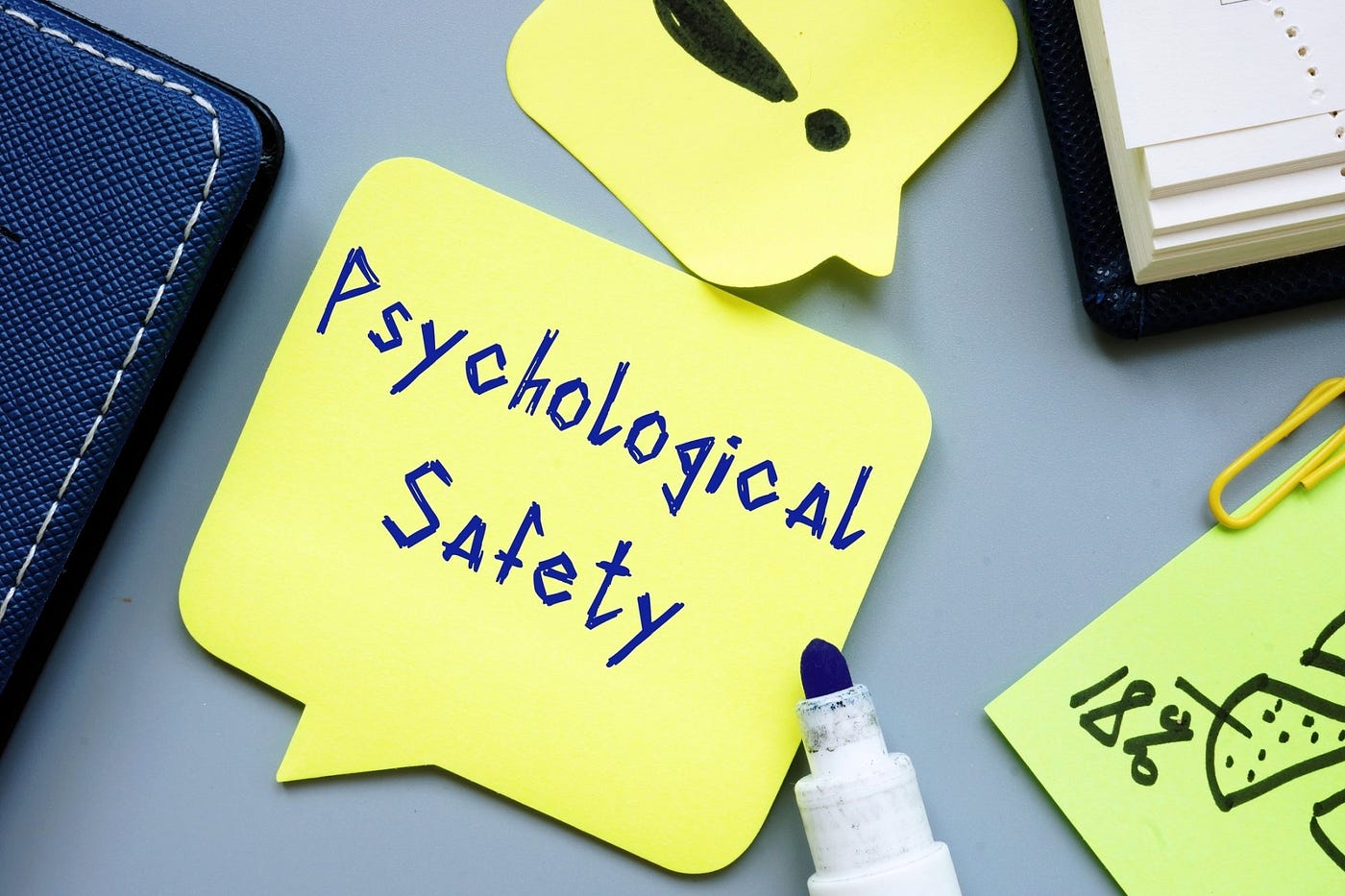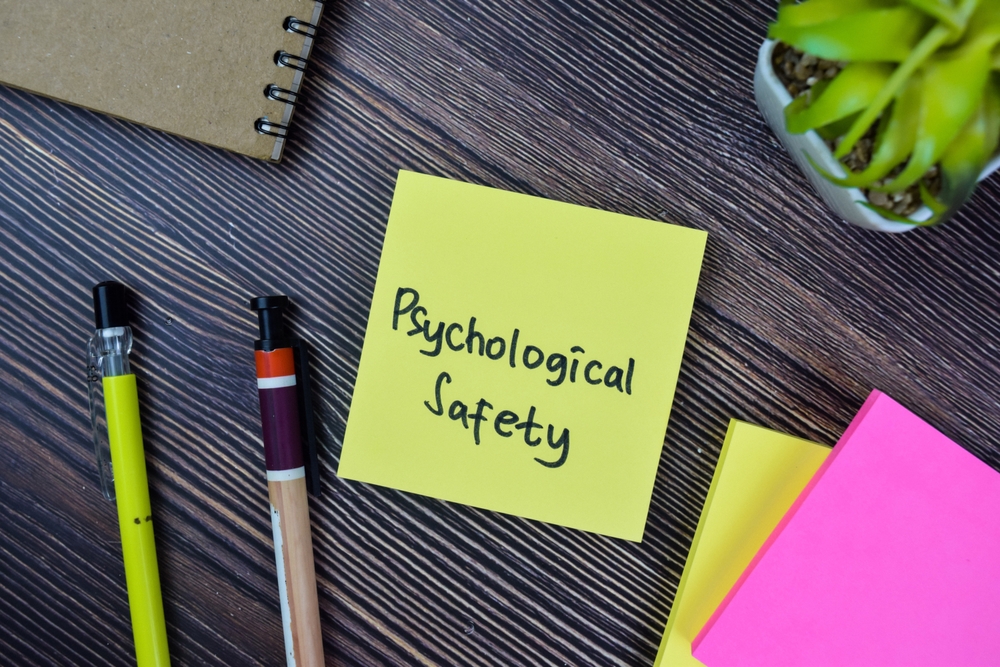In today’s fast-paced work environment, stress seems almost unavoidable. But what if there was a way to alleviate it and foster a more supportive and productive workplace? Psychological safety training in the workplace is a powerful tool that can transform how we handle stress and collaboration.
What is Psychological Safety Training?
Psychological safety training focuses on creating an environment where employees feel safe to express their thoughts, ideas, and concerns without fear of negative consequences. This training aims to build a culture of encouraging and valuing open communication.
Psychological safety training in the workplace helps reduce anxiety and stress by fostering an atmosphere where employees feel respected and supported.
When people know they can speak up without being judged or ridiculed, they are more likely to engage in meaningful dialogue and collaboration.
The Connection Between Psychological Safety and Stress Reduction
Stress at work often stems from a lack of communication, fear of failure, or feeling unsupported. Here’s how psychological safety training in the workplace addresses these issues:
1. Encourages Open Communication
One key component of psychological safety training in the workplace is promoting open and honest communication.
When employees feel comfortable sharing their thoughts and concerns, misunderstandings and conflicts can be resolved more quickly, reducing overall stress.
2. Builds Trust Among Team Members
Trust is a cornerstone of a psychologically safe environment. Through training, employees learn to trust their colleagues and leaders, which can significantly decrease feelings of stress and isolation. A team that trusts each other is more likely to collaborate effectively and support one another.
3. Reduces Fear of Negative Consequences
The fear of making mistakes or facing repercussions can be overwhelming in a high-pressure environment. Psychological safety training in the workplace helps eliminate this fear by creating a culture where mistakes are seen as learning opportunities rather than failures. This shift in perspective can dramatically lower stress levels.

Implementing Psychological Safety Training
Implementing psychological safety training in the workplace involves several key steps:
1. Assess Current Workplace Culture
Before starting training, it’s essential to assess the current workplace culture. Understanding the existing dynamics will help tailor the training to address specific issues and create a more effective program.
2. Provide Training and Resources
Invest in comprehensive psychological safety training in the workplace that covers the fundamentals of psychological safety, effective communication, and conflict resolution. Providing ongoing resources and support will reinforce the training and encourage continued growth.
3. Foster Continuous Improvement
Psychological safety is not a one-time fix but an ongoing process. Encourage continuous feedback and improvement to ensure that the principles of psychological safety training in the workplace are applied effectively and that any emerging issues are addressed promptly.
The Benefits of Psychological Safety Training
The benefits of psychological safety training in the workplace extend beyond just reducing stress. Organisations that embrace this approach often see increased employee engagement, higher job satisfaction, and improved overall performance.
Employees who feel safe and valued are likelier to contribute their best work and collaborate effectively with their colleagues.
Conclusion
Incorporating Psychological safety training in the workplace can be a game-changer for reducing stress and creating a more positive work environment.
Organisations can support their employees’ well-being and enhance productivity by fostering open communication, building trust, and reducing fear.
Investing in psychological safety is not just about managing stress; it’s about building a stronger, more resilient workplace where everyone can thrive.




